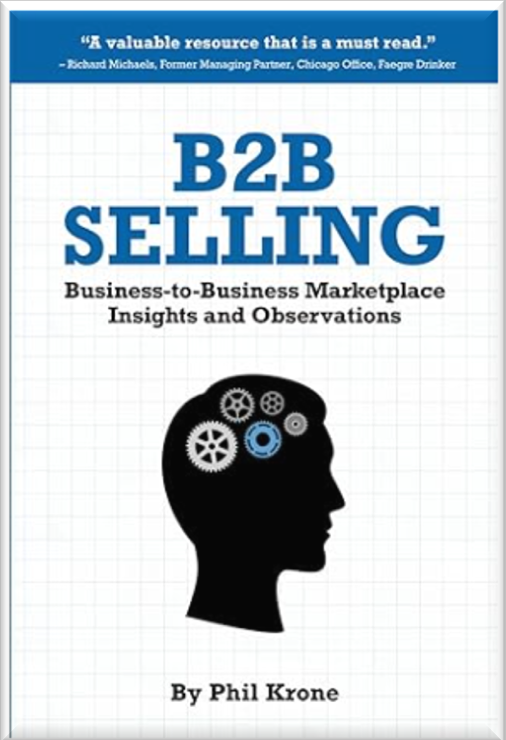This tactic was easy for him because he was a past hospital CFO and well aware of the challenges his prospects faced. He also had ADHD, and, as we have written elsewhere, meeting new people energized him. We had already created a sales process for him to make him more comfortable with second and third meetings where important discoveries take place and larger sales are made. Now we were
working on making first meetings more productive—in other words, so they would lead to more second meetings or a close.
The second reason this sales rep was not successful was that his
discovery process was too narrow. His line of inquiry was to challenge the capability of the hospital’s homegrown system versus the system he was trying to sell. He did ask some good questions about potential issues to reveal weaknesses in the hospital’s system. Not surprisingly, in each case the response was negative, “Our system does not have those issues.”
As an observer, I could see where the discussion was going. Each side believed they had a better system, and, since
no persuasion was occurring, no sale was going to take place. It was clear that the hospital CFO was not going to be convinced that billing errors would be found if he retained our client. Even though he would pay only if our client found errors, he was reluctant to invest time in a project he believed wouldn’t provide a positive return.
If you are of a certain age, or watch TV reruns, you might know about the detective television series
Columbo. Each episode had a predictable formula for each case. Columbo learned all he could learn and was still stumped. But just as he was leaving, he would ask one more question that led to solving the crime.
In the case of our hospital CFO, up until this point in our meeting the questions my client’s sales rep had asked were “probing” discovery questions. They identified potential problems with the homegrown system. What happened next was a Columbo moment. It was clear to me that asking more questions to find more weaknesses was not going to be productive. I asked the buyer if I could ask something.
“Let’s assume your system is as good as or even better than ours,” I began. That statement was well received, and it moved him from being defensive about his internal system, so I continued: “What problem might you have from using a homegrown system?”
“It would not be that we are losing revenue,” he replied, “because as I’ve been saying all along, we think our system is close to being 100 percent accurate.”
“But what might be a problem?” I asked.
“My only fear is that because we believe so strongly in our system, nobody from outside our hospital has ever seen our whole system,” he said. ”It’s possible we’re doing something wrong beyond billing accuracy that we need to change. We might be violating a regulation that we are not even aware of.”
I summed up what I understood him to be saying. “You wouldn’t engage a third party because you believe you have underbilled, but you would invest in an audit so that someone who audits hospital systems all the time might find a red flag outside of billing accuracy?”
He agreed, and we left with a commitment to audit his system. The good news was that the audit did find billing errors that justified retaining our client. Even better, there were no red flags beyond billing accuracy. This result was of great value to our client’s newest client.
It was only after we returned with the order that I learned why my client had selected this specific hospital for our research: He didn’t want to waste a sales call on a prospect he “knew” was not going to buy.












